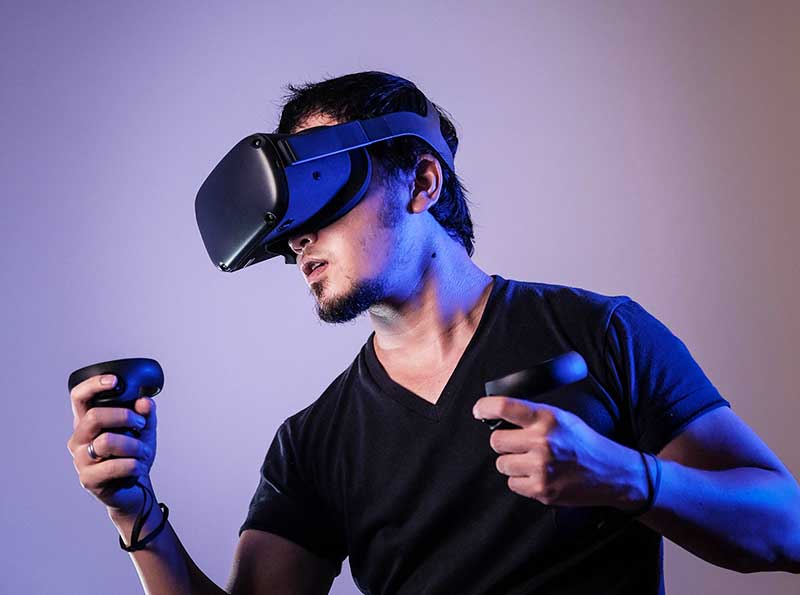The metaverse has been a hot topic of conversation recently, with Facebook and Microsoft both staking claims. But what is the metaverse? And when will it get here?
The metaverse is a hypothesized iteration of the Internet, supporting persistent online 3-D virtual environments through conventional personal computing, as well as virtual and augmented reality headsets. Aspects of the Metaverse have already been implemented in virtual world platforms such as Second Life. Some iterations of the metaverse involve integration between virtual and physical spaces and virtual economies.
Read more MetaEstate Officially Promulgated Integrated Planning of Satoshi Island in Cryptovoxels Metaverse
Current metaverse development is centered on addressing the technological limitations with virtual and augmented reality devices.
However, without wearable technology to bridge between the material and virtual worlds, the metaverse will be little more than a pipedream, reports T_HQ.
Qualcomm’s CEO Cristiano Amon says smart glasses could eventually be as widespread as smartphones.
“For all of the devices that are being commercially deployed, you have one thing in all of them — which is Snapdragon XR,” Amon told Yahoo Finance Live, referencing Qualcomm’s extended reality version of its main Snapdragon platform. “So we’re very excited about that opportunity, and it could be as big as phones, if you have companion glasses that you carry together with your smartphone.”

The VR experience is not complete without metaverse. For example, in the movie Ready Player One, the focus was on players completing quests in the Oasis. Players had to wear sensor suits in order to enjoy the complete experience in the Oasis. These suits reflect the virtual surroundings of the metaverse.
Niantic is the company behind Pokémon Go and other augmented reality apps. The companay is currently developing AR glasses.
Read more Facebook’s New Wrist-Based Wearable Lets You Interact With Augmented Reality
Niantic’s CEO John Hanke said,
“Think about a wearable device, with you all day long, on your head. It probably knows where you are looking most of the time. Maybe it knows other things, like your heart rate. If you see an advertisement, did your heart rate go up? When you see a person [it identifies], what did your heartrate do? Did your pupils dilate? What about your emotions? Are you happy, sad, anxious?”
“This is not science fiction,” he continued. “Tech can do what I described. Whether we allow that to evolve into the dystopia that we all know it could be, or take steps to turn it into something else, is a collective job for all of us.”












